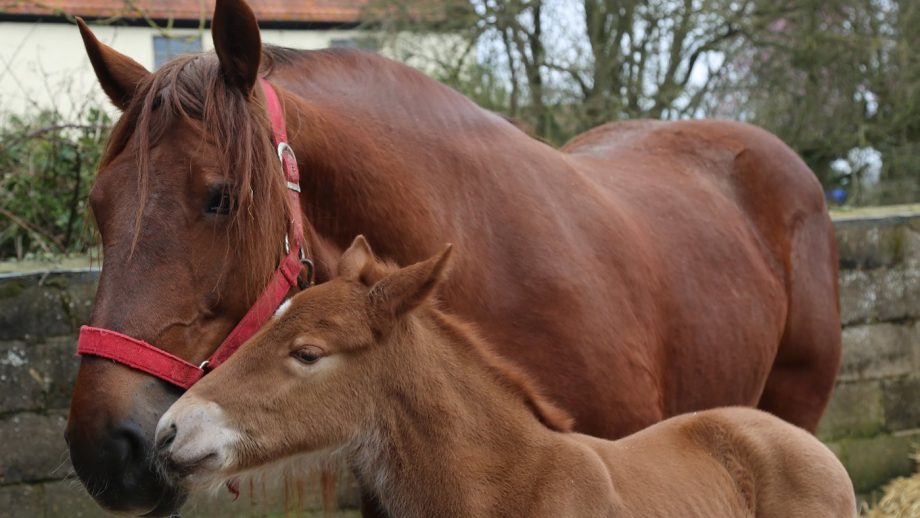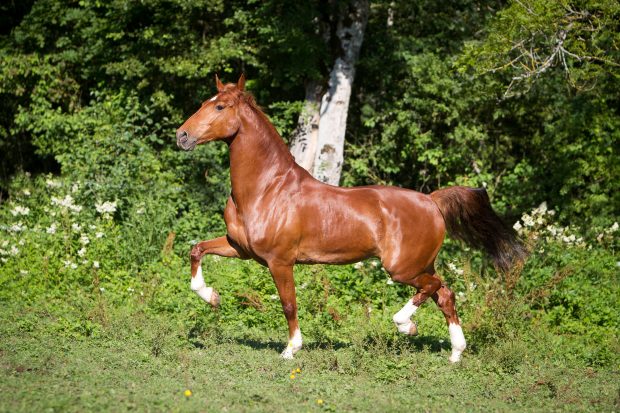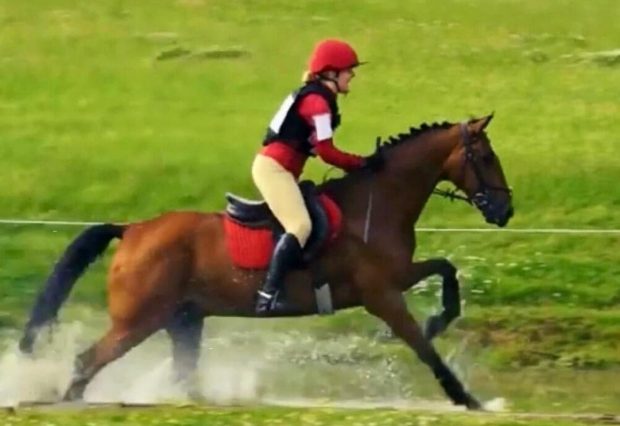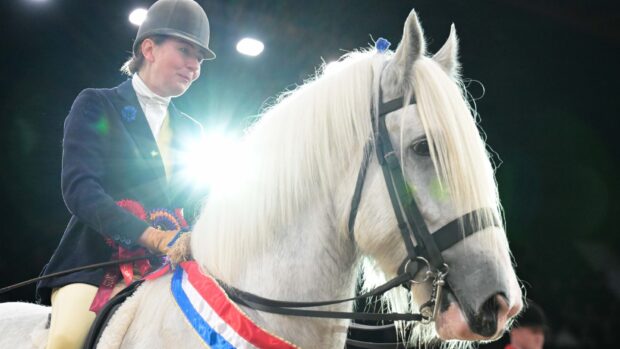Seven native horse breeds have been classed at the highest level of concern in the latest Rare Breeds Survival Trust watchlist.
The 2021/22 watchlist, published this week (8 April), has been updated with new categories: priority, at risk, UK native breeds and Irish breeds in the UK. Previously the categories were critical, endangered, vulnerable, at risk and minority.
Cleveland Bays Dales, Dartmoors, Eriskays, Exmoors, Hackneys and Suffolk horses appear in the priority category. Clydesdales, Fell and Highland ponies, New Forests, and Shires have been classed as at risk. Shetland ponies and Welsh ponies and cobs appear under UK native breeds, and Connemaras and Irish draught horses are listed in the Irish breeds in the UK section.
An RBST spokesman said the way the watchlist is produced has been updated this year to give a more “holistic view” of each breed’s outlook. The new categories are based on population size, taking into account numbers of males and females, and the degree of inbreeding. The breeds of most concern are those that are rare with increase with increased inbreeding, and breeds of least concern are not rare, and any inbreeding is well managed.
“The outlook for many of the UK’s rare native breeds of horse and pony has remained broadly unchanged, thanks to continuing interest from new breeders, the commitment of dedicated breed societies, conservation programmes at the 25 RBST-accredited farm parks, and generous public support for our work,” said the spokesman.
Priority breeds represent those breeds of most concern, which are both rare and have increased inbreeding.
“Of particular concern is the Cleveland Bay, which has seen a decline in the number of dams. In 2020, 13 breeders registered progeny, falling from 22 in 2018,” said the spokesman.
“The most numerically scarce native breed remains the Eriskay pony, but in 2020, seven females were registered, an important increase from two in 2018. Six herds registered progeny in 2020, up from just two in 2018.”
The spokesman said indicators for Clydesdales, Shires and Suffolk horses have largely remained stable over the past two years.
“The Clydesdale and the Shires are categorised as at risk, while the Suffolk horse remains in the priority category with just 14 female registrations in 2020 but with a consistent effective population size and effective management of inbreeding,” he said.
“RBST continues the programme of work to support the survival of these three breeds which was enabled by the RBST’s Heavy Horse Appeal in 2018. At-risk breeds represent those breeds with lower numbers than ideal and also a concern with inbreeding.”
The spokesman added there have been “positive signs” for Dales ponies, as the breed’s numbers have increased for the second consecutive year, and Fell ponies had also increased in population size. The Hackney horse and pony data shows an improvement from 2019, with 21 breeders registering progeny in 2020, but the breed remains in the priority category.
RBST chief executive Christopher Price said there is “a lot to be positive about” in this year’s watchlist, with several equine breeds showing a “stable or improving” outlook.
Continued below…

Good news for some rare breeds as numbers stablise *H&H Plus*

Hackney stallion thought to be oldest of his breed in the country celebrates 34th birthday
“He’s still got it, love him, every now and then you see him trotting up the field and you think

Subscribe to Horse & Hound magazine today – and enjoy unlimited website access all year round
“However many native equine breeds remain very vulnerable, particularly the Eriskay pony, the Suffolk horse, the Cleveland Bay and the Hackney horse and pony. We are working closely with breed Societies, RBST-accredited farm parks and other supporters of these wonderful breeds on vital conservation programmes to improve their outlook for survival long into the future,” he said.
“Despite all the challenges and disruption, the past year has seen brilliant work throughout the UK to help our native equine breeds survive, from scientific innovation to new conservation partnerships and international projects. There have been wonderful examples of our native breeds being put to great use for conservation grazing and land management, as hunters and in forestry.
Mr Price added that the watchlist reflects last year‘s births which were largely the result of pre-pandemic breeding programmes, so the trust will be keeping a “very close eye” on the impacts of last year’s restrictions.
Horse & Hound magazine, out every Thursday, is packed with all the latest news and reports, as well as interviews, specials, nostalgia, vet and training advice. Find how you can enjoy the magazine delivered to your door every week, plus options to upgrade to access our H&H Plus online service which brings you breaking news as it happens as well as other benefits.




